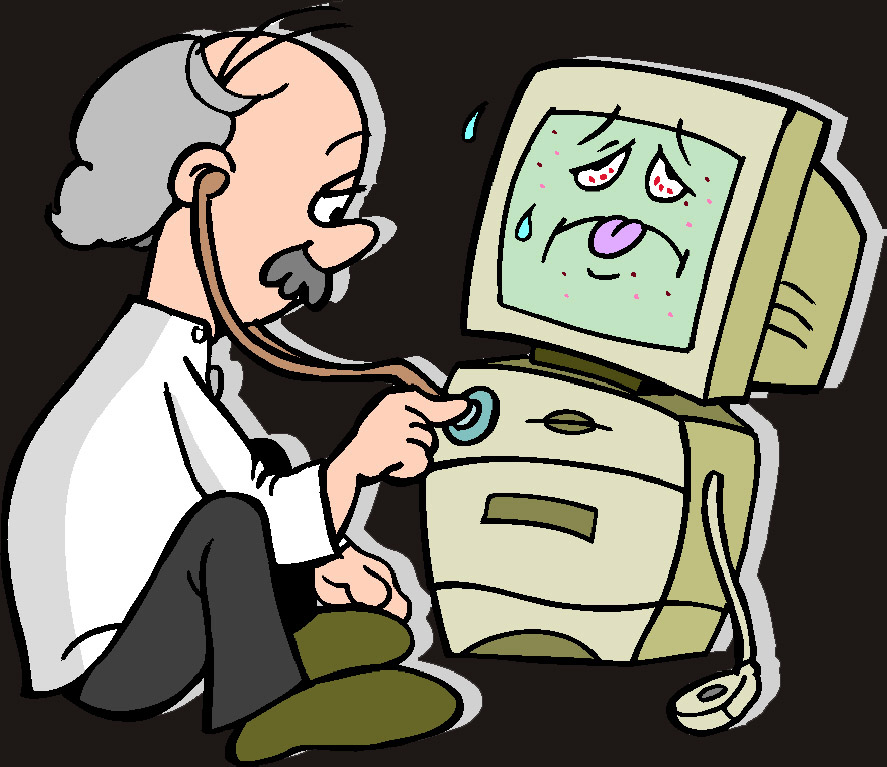The Design Process
Specify
Before you can design something you have to know what you are trying to communicate, what is important. This ranges from the density and volume of information to the colors used. This stage encapsulates both the ideas and purpose of the project. The purpose of the website needs to be clearly articulated. This cannot be “I want to make more money.” It needs to be clear and focused, such as “I want to increase customer’s awareness of our promotions”. Without a clear set of specifications it is impossible to design, it is like telling a contractor to build something without giving him blueprints. It is also important for any other ideas to be specified here, such as if there is a particular logo that needs to be used, or certain catch phrases that are important.Conceptualize
Once the designer has the purpose and idea then they can begin to actually organize and design. This is the process of taking the ideas and translating them into pictures and paragraphs on the page. This stage largely encompasses the organization of information, such as what information goes where, and how the information should be grouped together. This step also includes research and gathering resources, such as links and pictures that are helpful in the design.Develop
This is where the design is put into practice; the actual creation happens in this step. This step involves some revising, if the design can’t be implemented for whatever reason, then an alternative needs to be designed and implemented. This is the longest and most time consuming step of the process.The more time that is spent on the Conceptualize stage the more problems that can be avoided before the design step.
Test
No design is ever perfect, and testing is intended to catch these errors. The better the design process and the simpler the concept the less time this will take. The earlier in the process an error is found the easier and more cost efficient it is to fix. Ideally the only errors found in testing would be minor errors, mostly technical in nature. Part of testing is having people outside the project look at it to see if it accomplishes its goals.Deploy
This is when the design goes public. There is no way to foresee all of the problems that could come up with the design. The designer has to be ready to redesign and adapt to what happens. Included in this will almost certainly be maintenance: the design will break down, become obsolete, or further errors may be found. Maintenance is best done by the same designer who did the original work, because they have the most experience with the design.



